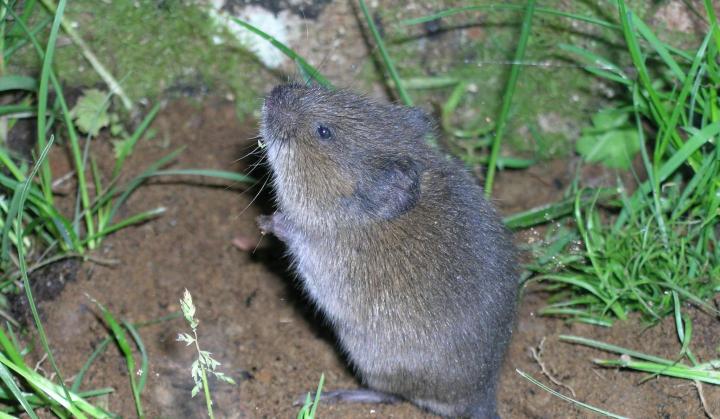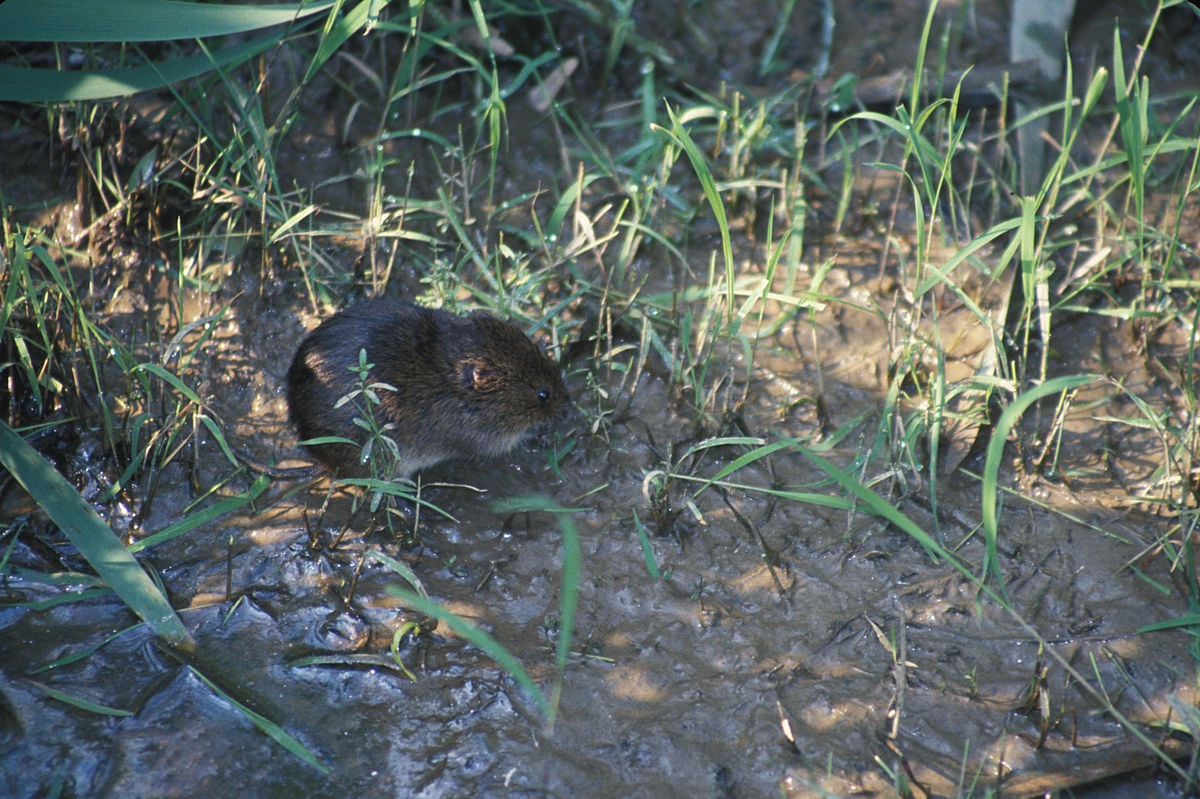The Ultimate Handbook for Vole Parasite Control: Professional Tips on Infestation Management and Treatment
Within the realm of insect control, vole infestations present an unique challenge that requires a calculated approach. As we dig right into the intricate globe of taking care of vole problems, a wide range of professional suggestions and treatment choices awaits those looking to recover their spaces from these persistent pests.
Identifying Vole Infestations
When analyzing for vole problems, keen monitoring of certain indicators such as runways and tunnel systems is vital for exact recognition. Voles, small rodents resembling mice, are understood for the substantial network of surface area paths they develop in yard or compost. These paths typically have a width of about 2 inches and are maintained clear of particles by the voles' constant usage. In addition, vole burrow systems are an additional key sign of infestation. These burrow entrances are roughly 1.5 inches in diameter and lead to shallow passages that house nests and give defense for the voles.

Prevention Methods for Voles
Efficient avoidance strategies for vole problems entail carrying out positive steps to deter these tiny rats from causing damages to outside spaces. To protect your building, begin by maintaining a clean lawn without mess and particles. Voles are attracted to locations with adequate hiding spots, so getting rid of stacks of timber, rocks, and dense vegetation can aid make your home less attractive to these pests. In addition, consistently cutting the lawn and maintaining lawn trimmed short can discourage voles from developing nests (vole control).

Moreover, keeping a well-kept garden with correct spacing between plants can assist lower vole-friendly habitats. Stay clear of overwatering your grass or garden beds, as voles are drawn in to wet environments. By carrying out these avoidance strategies, you can successfully hinder voles and safeguard your outside areas from problems.
Effective Trapping Methods
Applying strategic trapping methods is vital in properly managing vole populations and reducing damages to exterior rooms. When establishing up traps for voles, it is vital to place them in energetic paths or burrow check my source entryways. Voles are recognized to follow certain paths consistently, making these prime areas for capturing success. One effective trapping method is using breeze traps, which are designed to promptly and humanely eliminate voles upon activation. These catches need to be examined routinely and reset as needed to ensure continuous vole control. Additionally, live traps can be used for those who like to launch voles in other places after capture. When using live traps, it is necessary to move the recorded voles far from the trapping site to avoid their return. By using a mix of breeze traps and live traps strategically, homeowners can effectively lower vole populaces and secure their exterior rooms from additional damage.
All-natural and Chemical Treatment Options
To successfully manage vole populaces and reduce damages in outdoor settings, checking out all-natural and chemical treatment alternatives is vital. All-natural therapies supply environmentally friendly services that can help regulate vole infestations without creating harm to other wild animals or plants.
On the other hand, chemical treatments can supply reliable control in cases of serious invasions. Rodenticides having zinc phosphide or anticoagulants like bromadiolone can be strategically placed in vole runways or tunnel entries. It is vital to take care of these chemicals with care to prevent unintentional damage to non-target varieties. Prior to implementing any chemical treatment, it is recommended to consult with a bug control expert to make sure secure and ideal application approaches. By incorporating chemical and all-natural therapy alternatives carefully, vole problems can be handled successfully while lessening ecological effect.
Maintaining a Vole-Free Setting

Executing Resources all-natural vole repellents like castor oil-based products or killer urine can likewise aid in hindering voles from invading your property. These repellents function by developing an unfavorable environment for voles, encouraging them to look for shelter somewhere else. By including these precautionary measures and preserving a cautious method to vole control, you can develop a vole-free environment that prevents infestations and promotes lasting pest administration success.
Conclusion
Finally, effective vole pest control needs a mix of identifying invasions, applying prevention techniques, making use of effective trapping methods, and taking into consideration natural or chemical therapy options. By maintaining a vole-free atmosphere More about the author via these approaches, property owners can successfully take care of and reduce vole populaces on their property - vole lawn damage. It is essential to consistently monitor for signs of invasion and take positive procedures to avoid future vole troubles
By accurately identifying vole infestations early on, suitable insect control steps can be carried out immediately to minimize possible damages to yards, grass, and crops.
Having actually developed methods to attend to vole invasions with natural and chemical therapies, the emphasis now moves to keeping a vole-free environment for long-lasting bug control.Carrying out natural vole repellents like castor oil-based products or killer pee can likewise aid in deterring voles from attacking your building. By including these precautionary steps and maintaining a vigilant strategy to vole control, you can produce a vole-free atmosphere that discourages problems and advertises long-term pest monitoring success.
In final thought, successful vole parasite control needs a combination of recognizing invasions, executing avoidance methods, utilizing reliable trapping techniques, and taking into consideration natural or chemical treatment options.